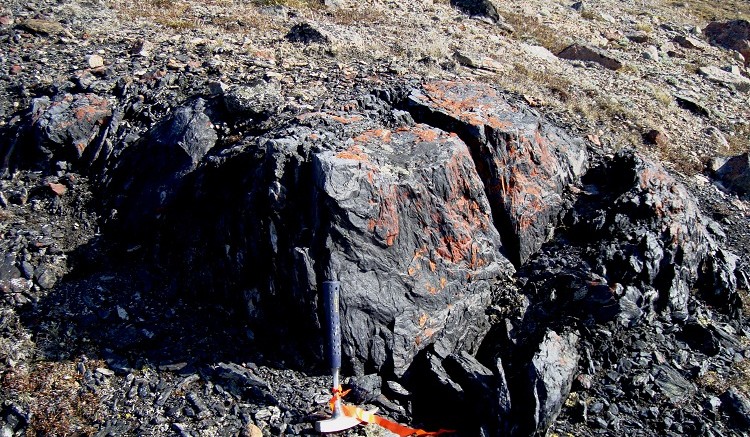Spot iron ore prices in September 2012 touched a three-year low of US$87 per tonne before rallying to US$120 per tonne in the closing months of the year. The question is where will prices move from here?
Demand for iron ore in China effectively sets the price for iron ore. That’s because China produces nearly 50% of the world’s steel and represents more than 60% of the global demand for seaborne iron ore, according to the most recent figures from Fitch Ratings agency.
Analysts at New York-based investment bank Dahlman Rose & Co. reason in a Jan. 4 note to clients that higher prices for Chinese steel or a drop in iron ore prices will be required for Chinese mills to continue at their current production levels.
Margins at Chinese still mills “have been under pressure since peaking at roughly US$280 per tonne in early October,” they point out, and since that time, “iron ore prices have surged higher by more than 35%, while rebar prices have declined slightly (1-2%), bringing steel mill margins to a level that has historically served as a catalyst for a directional change in either iron ore prices or steel prices.”
Anthony Rizzuto and Joseph Giordano predict that the “more likely outcome” will be a drop in the price for iron ore rather than a rise in Chinese steel prices. “We are not seeing the necessary catalysts at this time for a successful steel price increase announcement, and view Cliffs Natural Resources and Vale as the most exposed should input prices reverse course.”
According to a 2013 outlook report from Fitch Ratings, iron ore production “will be managed to just meet demand through 2013 with potential for modest excess supply from new builds beginning in 2014.”
“Should Australian expansion be curtailed, or China’s steel production grow above expectations, prices could rebound and continue at higher levels beyond 2014.”
Fitch also forecasts that after a period of “severe destocking” in 2012, raw steel production in China will grow 3%-4% in 2013. But it also believes that Chinese steel demand has likely “peaked” and should grow at less than 5% a year going forward.
Producers of seaborne iron ore with medium costs should earn EBITDA margins of roughly 35% on average over the next two years, the ratings agency predicts.
Fitch also forecasts that a significant amount of the iron ore projects that the United Nations Conference on Trade and Development says are expected to come on stream between 2012 and 2014 (or about 796 million tonnes of additional capacity) are likely to be delayed.
At the same time, producers of seaborne iron ore in Australia, Brazil and Africa “are expanding low-cost production that will result in excess capacity,” Fitch contends. “Cumulative capacity increases beginning in 2012 through 2015 are estimated at 377 million tonnes.” And roughly half of the new iron ore production during that time will come from Australian projects, the rating agency says.
In addition, India may become a net importer of iron ore during its next fiscal year, Fitch says. A mining ban in the state of Karnataka was in place from August 2011 until April 2012, while illegal mines in the state of Orissa were forced to shut down. There was also a recent ban on mining in Goa. Before the bans, Goa and Karnataka together accounted for about 65% of the country’s iron ore exports, Fitch says.


Be the first to comment on "The tipping point for iron ore"